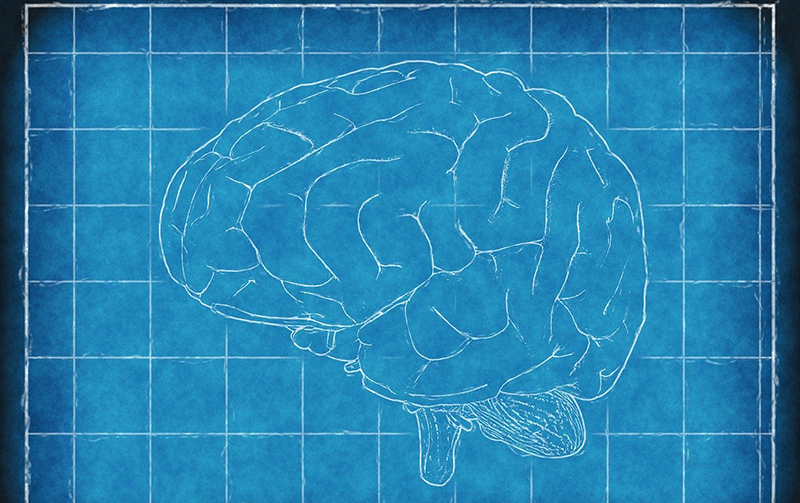
CERSI P.I.s and Collaborators: Maureen A. Kane, Ph.D., Marta Lipinski, Ph.D., Jace W. Jones, Ph.D., Chinmoy Sarkar, Ph.D., Masahiro Iwamoto, DDS, Ph.D.
FDA SMEs and Collaborators: Chris Leptak, M.D., Ph.D.
Project Overview and Goals
The scope of the work will leverage preliminary data in the TBI model2,6 as well as already developed LC-MS/MS-based methodology to enable the characterization of our two priority biomarker candidates: PE(P-36:4) and PE(38:6) as diagnostic biomarkers of TBI.
The group will provide critical information towards establishing a context of use for one or more lipid biomarkers to serve as minimally invasive diagnostic biomarkers to determine TBI and/or determine clinical trial inclusion for the drug development of therapeutics for TBI.
At the conclusion of these studies, our culminating overall goal is to submit a letter of intent (LOI) for the biomarker qualification for one or more of our priority biomarker candidates (PE(P-36:4) and PE(38:6)) as diagnostic biomarker(s) for determination of TBI, which may also be used as inclusion criteria for clinical trials of therapeutics to mitigate TBI.
The group will accomplish the following five overarching goals:
Goal 1: Determine the plasma-tissue correlation and biokinetic profile of priority lipid biomarker candidates using a contusion mouse model of TBI.
Goal 2: Determine the CNS-specificity of plasma response using non-TBI traumatic injury mouse models for muscle and bone injury.
Goal 3: Correlate plasma response with histological and behavioral endpoints using mild/moderate/severe levels of TBI to determine potential dose-response relationship
Goal 4: Establish translational potential with a pilot study of plasma samples from human TBI patients.
Goal 5: Submission of Letter of Intent (LOI) to FDA for Biomarker Qualification of priority biomarker candidates, PE(38:6) and PE(P-36:4).
Top